You may have seen the newsflashes that the XRP price hit $50 on Gemini last week. Gemini stated that: "Low liquidity after the token’s relisting likely caused a temporary pricing glitch on the exchange." As a result XRPs market capitalization surged into trillions of dollars, but only for a few minutes.
In other instances, you may recall buying a low Market Capitalization (MC) coin by market order, only to find out afterwards that you've paid a hefty premium on the actual market price.
And why are some coins so incredibly volatile? The root cause may be low liquidity.
If you're interested in learning a bit about Liquidity then this post may be interesting to you.
-------
Liquidity: Liquidity refers to the efficiency or ease a token/coin can be converted into ready cash (or another coin) without affecting its market price. The most liquid asset of all is cash itself. (unknown) NFTs are generally not very liquid.
What happens when you buy crypto at market price, instead of a limit order, is that a market order buys or sells your crypto immediately at whatever is the next best price. In other words: It's artificial liquidity, compensated by the price of the asset you are selling into.
Selling your low liquidity crypto at market price can therefore be really undesirable. Let's say you're selling crypto XYZ (1000 of them) as a market order, and you're dealing with relatively low liquidity compared to your sell offer. Current price $1.
- If there is a buy order for $1 and 200 XYZ, you'll instantly sell 200 XYZ
- Next buy order? at $0,95 and 300 XYZ, you'll instantly sell 300 XYZ
- Next buy order? at $0,90 and 400 XYZ, you'll instantly sell 400 XYZ
- Next buy order? at $0,85 and 5000 YXZ, you'll instantly sell your remaining 100 XYZ
- Your final selling price? ($200 + $285 + $360 + $85)/1000 = $0,93 (ouch)
- Market price on exchange has now dropped to $0,85
The same case can be made while buying crypto, making it relatively expensive to buy at market price. Market makes will usually come in pretty quickly to restore any trading surplus between exchanges. This, in turn, will bounce the price back to a "fair" price, usually just shy of the price it was before.
So what happens when a whale sell lots of its holdings in one (market) order? You guessed it now, the price drops like a stone on that exchange. If the impact is significant, it may also influence the price on other exchanges.
In the case of Gemini, XRP got re-listed on the exchange. Unfortunately, Gemini did not hold enough liquidity to handle demand at that moment. Hence the outrageous pump to $50. However, this pump was not reflected on CMC or Coingecko. Why? Well, most likely because enough liquidity from elsewhere restored the balance in the overall market and on Gemini.
The above is much harder to do with smaller MC coins. Hence, you often see Pump and Dumps with small coins. The price is easily manipulated by increasing/decreasing liquidity, and with it, its Market Cap. surges or collapses.
------
TLDR: Liquidity is important for numerous reasons. In general, high liquidity stabilizes trading, decreases the risk on pump & dumps, and makes crypto more user friendly.
Cheers!
Edit: Please respect the time that went into this post and the serious comments of others. Thank you
[link] [comments]

You can get bonuses upto $100 FREE BONUS when you:
💰 Install these recommended apps:
💲 SocialGood - 100% Crypto Back on Everyday Shopping
💲 xPortal - The DeFi For The Next Billion
💲 CryptoTab Browser - Lightweight, fast, and ready to mine!
💰 Register on these recommended exchanges:
🟡 Binance🟡 Bitfinex🟡 Bitmart🟡 Bittrex🟡 Bitget
🟡 CoinEx🟡 Crypto.com🟡 Gate.io🟡 Huobi🟡 Kucoin.
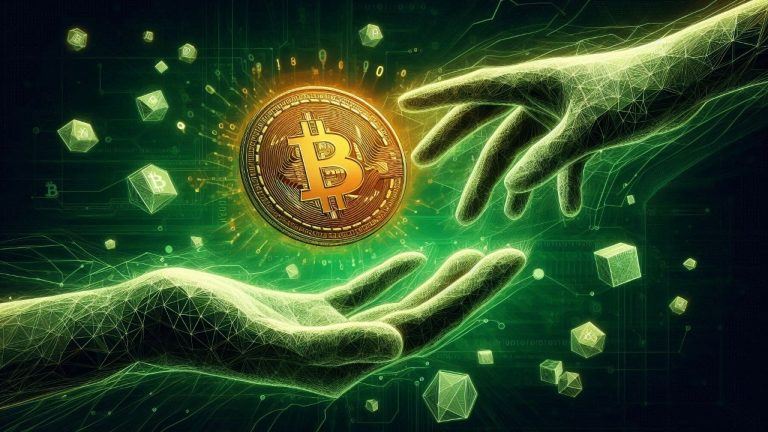
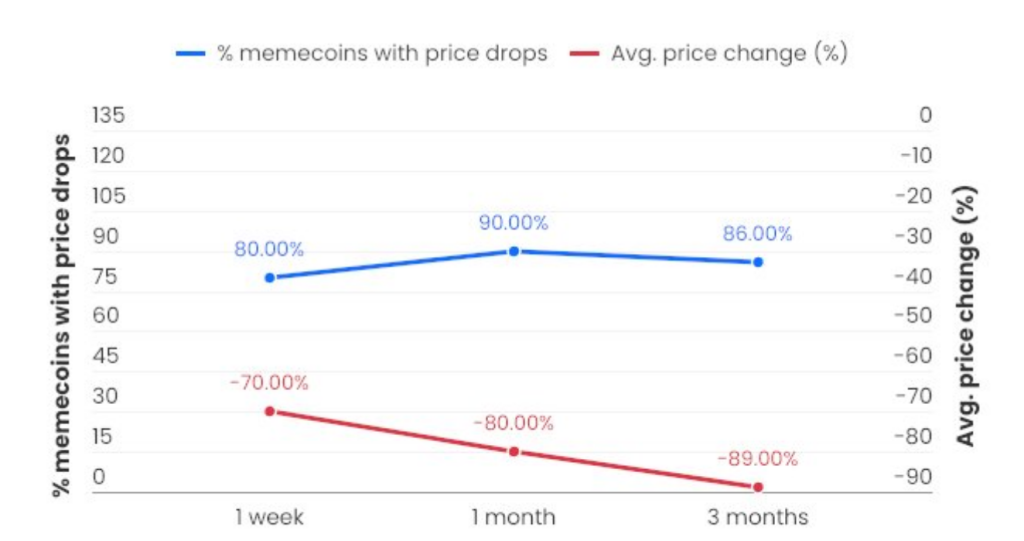


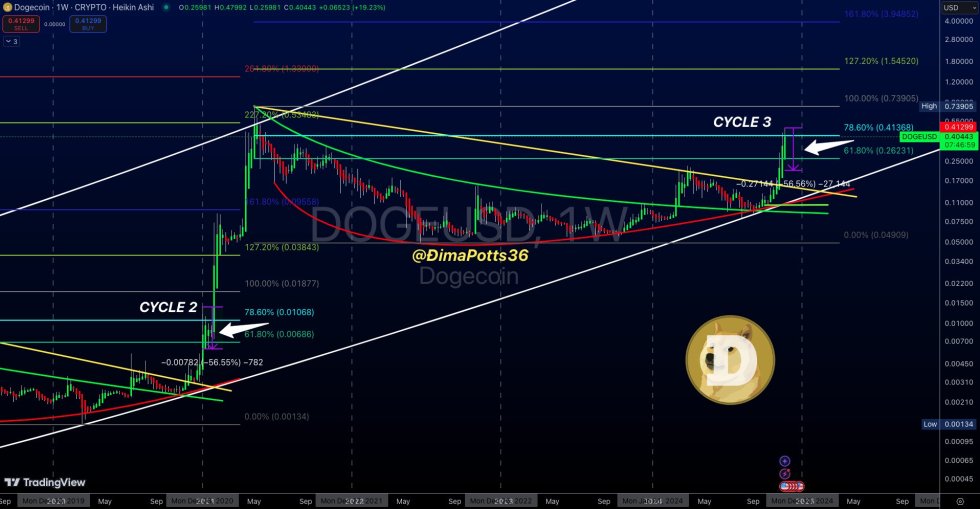
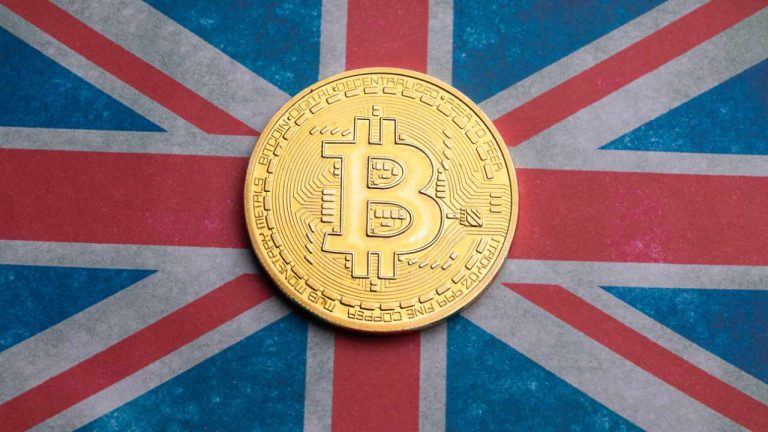
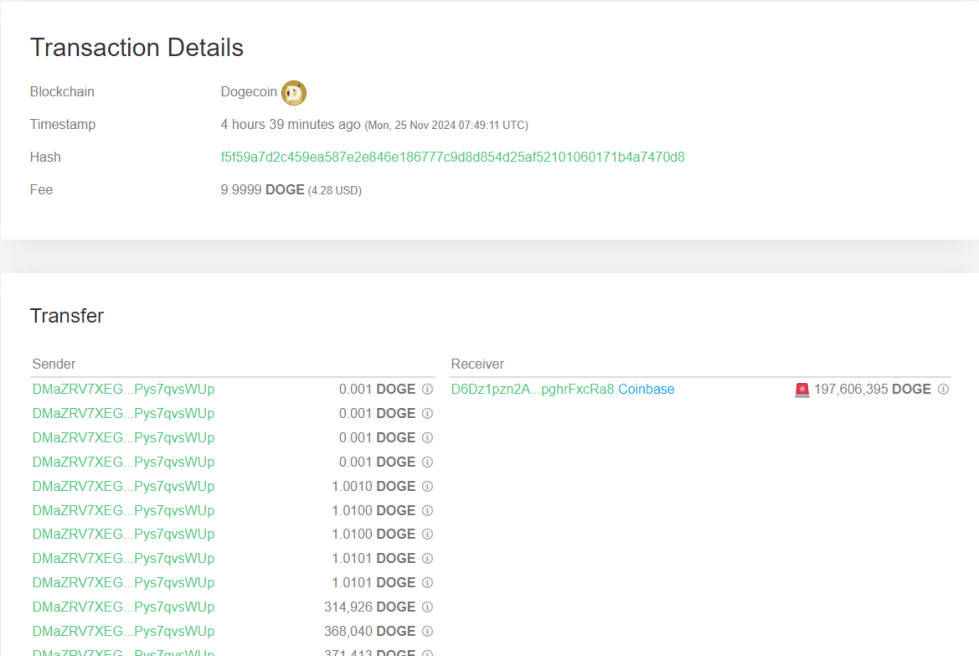
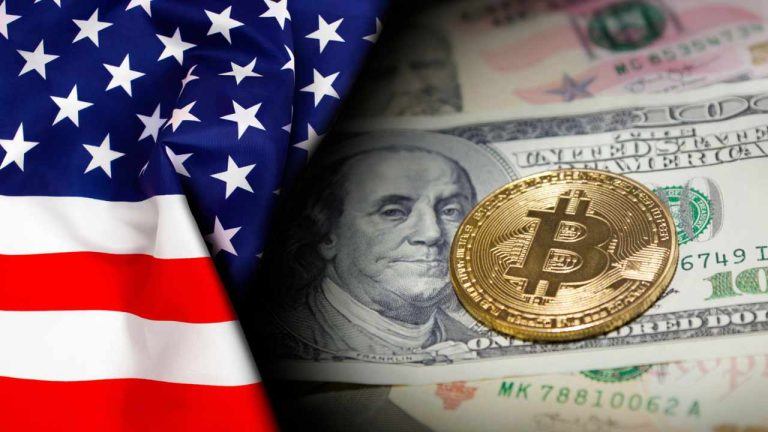
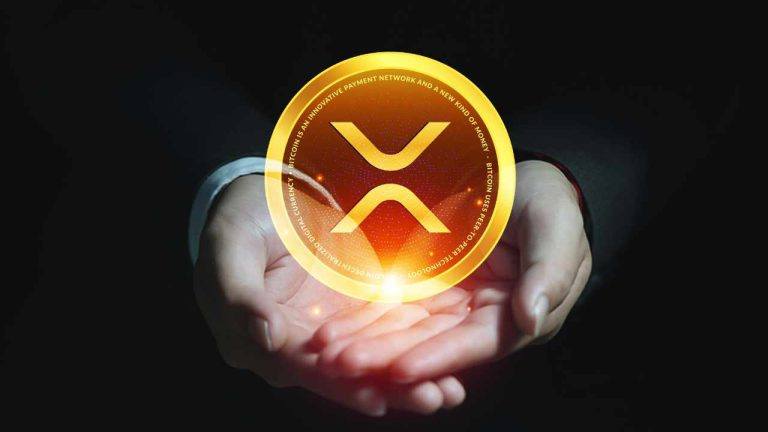
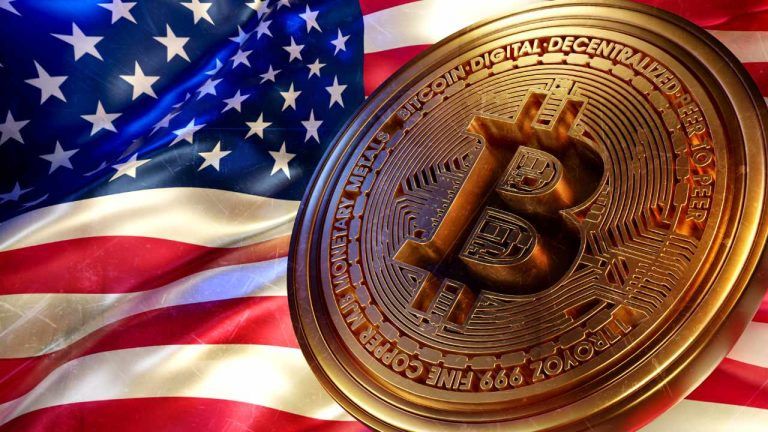

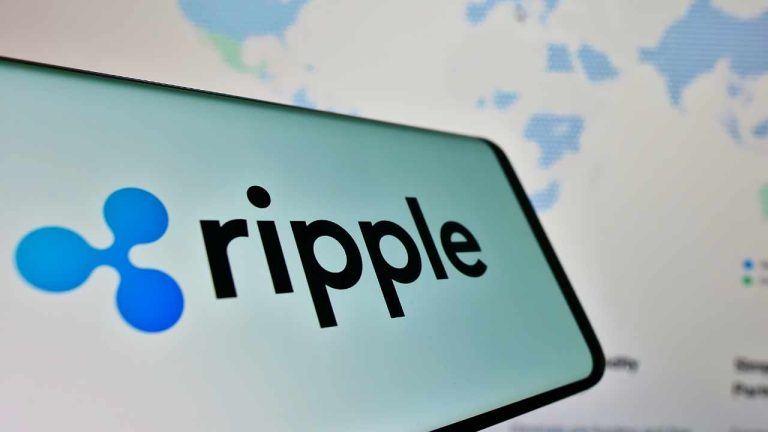


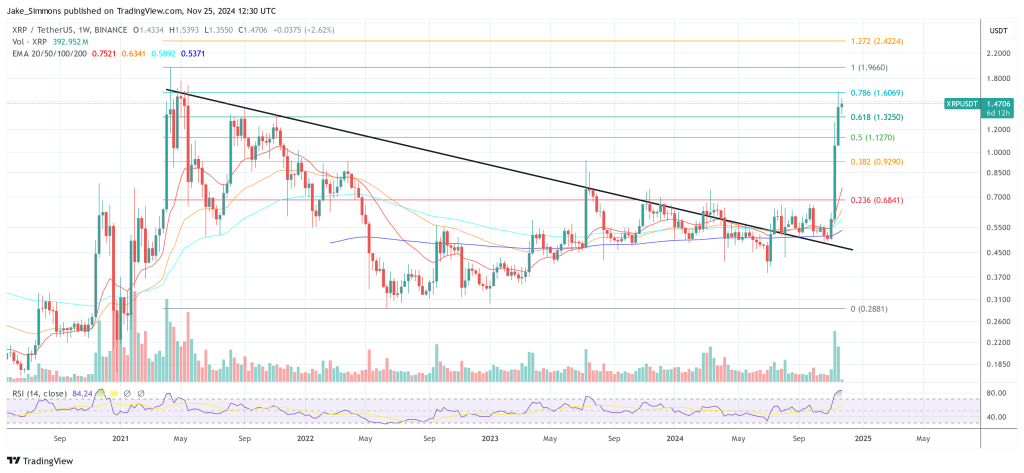

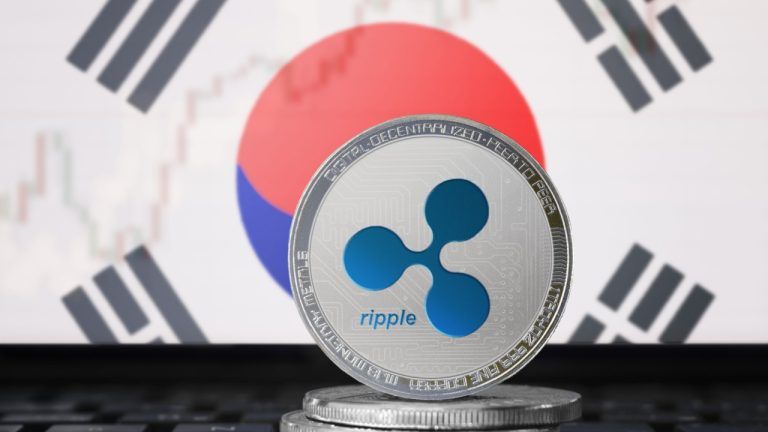



Comments